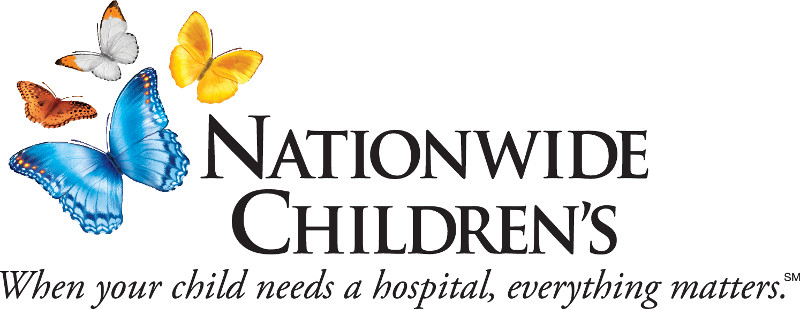FOR FURTHER INFORMATION CONTACT:Pam Barber, Columbus Children's Hospital, (614) 722-4598Amy Nance, Columbus Children's Hospital, (614) 722-4592
Embargoed for release October 20, 2001
EXPERT IN TEEN SUBSTANCE ABUSE URGES PARENTS TO BEWARE OF THE NEWEST EPIDEMIC: ECSTASY
The Artificial Euphoria Can Cause Long-Term Damage and Even Death
SAN FRANCISCO, OCTOBER 20, 2001 -- Ecstasy and other club drugs are quickly becoming the drug of choice for children and teenagers. The appeal of being able to "party all night" at raves, coupled with the drug's mind-altering effects leaves teens feeling "God-like" and craving the euphoric feeling. But the artificial euphoria gives way to long-term side effects of the drug--such as nerve cell damage and memory and mood alterations. Peter Rogers, M.D., M.P.H., an expert in teen substance abuse at Columbus Children's Hospital, presented a symposium on this growing epidemic Saturday, October 20 at the American Academy of Pediatrics (AAP) National Conference and Exhibition in San Francisco.
"Ecstasy has been around for seven years, but raves have given it a push in the last 18-24 months, making it the newest epidemic," Dr. Rogers said. "It's a unique drug because of the combination of stimulants and hallucinogens. Parents need to be aware of the allure of this drug, the visible side effects or warning signs and the less obvious long-term risks. "
Adverse effects include tightening of jaw muscles and jaw clenching, so many Ecstasy users suck pacifiers or lollipops, which can be a warning sign for parents. According to Dr. Rogers, Ecstasy has also been known to produce anxiety, insomnia and prolonged depression.
Methylenedioxymethamphetamine (MDMA), the classified name for Ecstasy, appears to have long-term neurotoxicity (or poisonous effects) to the central nervous system. Studies by the National Institute on Drug Abuse have demonstrated that MDMA use decreases serotonin transporters, which are found in the central nervous system and influence a number of behaviors including sleep and moods. According to the Journal of the American Medical Association, serotonin spinal fluid levels can be lower even two weeks after MDMA use. "All of the long-term effects of Ecstasy use aren't known, but we are concerned with the mounting evidence that club drugs have effects on memory and mood," Dr. Rogers said.
Perhaps even more alarming is the fact that MDMA is frequently not the only substance present in the tablets, resulting in drug overdosing and dangerous drug interactions. According to Dr. Rogers, teens also typically combine Ecstasy with other substances. The Drug Abuse Warning Network (DAWN) Report 2000 showed 78 percent of the emergency department cases related to Ecstasy use involved at least one other illicit drug, while 48 percent were associated with alcohol use. Most cases of Ecstasy overdoses are from "piggybacking," Rogers said.
"Once the initial feeling of euphoria wears off, the user feels anxious and depressed," he said. "Kids often take more pills to achieve the same effects and lose count of the pills they're taking. Taking multiple drugs increases the risk of death because of the danger of unknown drug interactions."
Dr. Rogers is certified in pediatrics and addiction medicine. He has been a member of the Committee on Substance Abuse for the Academy since October 1995. Dr. Rogers has treated close to 3,000 children and teens with substance abuse problems in the last 15 years.
Columbus Children's Hospital ranks among the top 10 in NIH research awards and grants to freestanding children's hospitals in the country. With nearly 500,000 patient visits each year, Children's Hospital is a 109-year-old pediatric healthcare network treating newborns through age 21. In 2000, the Children's Research Institute conducted more than 90 research projects. Pediatric Clinical Trials International (PCTI), a site management organization affiliated with the hospital, also coordinated 43 clinical trials. In addition to having one of the largest ambulatory programs in the country, Children's offers specialty programs and services, including more than 18 support groups. Each year, more than 75,000 consumers receive health and wellness education and 2,500 students from 50 institutions and 500 residents receive training at Children's. More information on Children's Hospital of Columbus is available by calling (614) 722-KIDS (5437) or through the hospital's Web site at http://www.childrenscolumbus.org.
# # #
